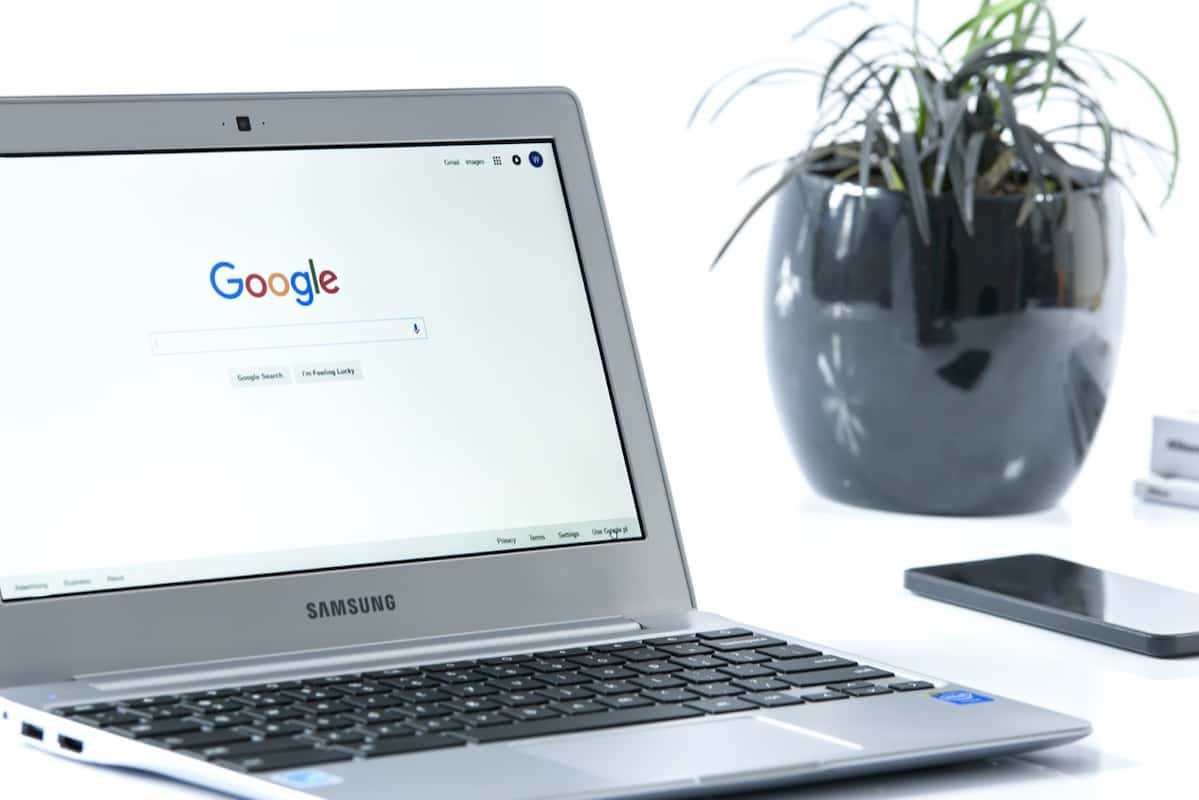2021 Predictions for ChromeBook
For those of you who’ve been around for more than a year, you likely remember us making the same sort of grandiose statements last year around this time, excited by the proposition of new 10th-gen Intel-based Chromebooks and the slew of MediaTek MT8183-touting Chrome OS devices we were expecting. While some of those devices showed up and showed out (I’m looking at you Acer Chromebook Spin 713 and HP Chromebook x360 14c), lots of devices were delayed and we’re still here waiting for their eventual arrival a full year later.
Much of this is obviously due to the pandemic and the shock it put on manufacturers and supply chains in the spring, but no excuses change the fact that we didn’t quite see the massive tidal wave of Chromebooks we were hoping for in 2020. It doesn’t matter why they didn’t all make it to market, it only matters that they never materialized, and this leaves us with a backlog of devices that likely won’t make it to store shelves in 2020.
Mix these lingering 2020-bound Chromebooks with a massive uptick in Chromebook adoption, far more manufacturer interest, and a huge increase in chipset options moving into 2021, however, and you have what feels very much like the calm before the storm here in the latter parts of 2020. While we thought there was a lot of Chromebook hardware on the way in 2020, there’s almost no real comparison as we move into 2021. There are now a total of 9 different families of devices we’re tracking as we move into the new year as compared to the couple big groups we were expecting in 2020, so let’s quickly recap them.
Read full article 2021 Predictions for ChromeBook
Since 1999, Thinclient.org has been reporting the thin client computing market as well as the ChromeBook, Zero Client, Android clients, Pi Raspberry Clients and Thick Client market. Generally the cloud computing market since it started with companies such as Citrix back in the late 80s.
A thin client is a lightweight[vague] computer that has been optimized for establishing a remote connection with a server-based computing environment. The server does most of the work, which can include launching software programs, performing calculations, and storing data. This contrasts with a fat client or a conventional personal computer; the former is also intended for working in a client–server model but has significant local processing power, while the latter aims to perform its function mostly locally.
Thin client hardware generally supports a keyboard, mouse, monitor, jacks for sound peripherals, and open ports for USB devices (e.g., printer, flash drive, webcam). Some thin clients include legacy serial or parallel ports to support older devices such as receipt printers, scales or time clocks. Thin client software typically consists of a graphical user interface (GUI), cloud access agents (e.g., RDP, ICA, PCoIP), a local web browser, terminal emulators (in some cases), and a basic set of local utilities.
New hardware interfaces includes socket-based enabled devices eliminating the need for a physical USB connection. Bluetooth wireless connectivity is also a big factor for devices.

